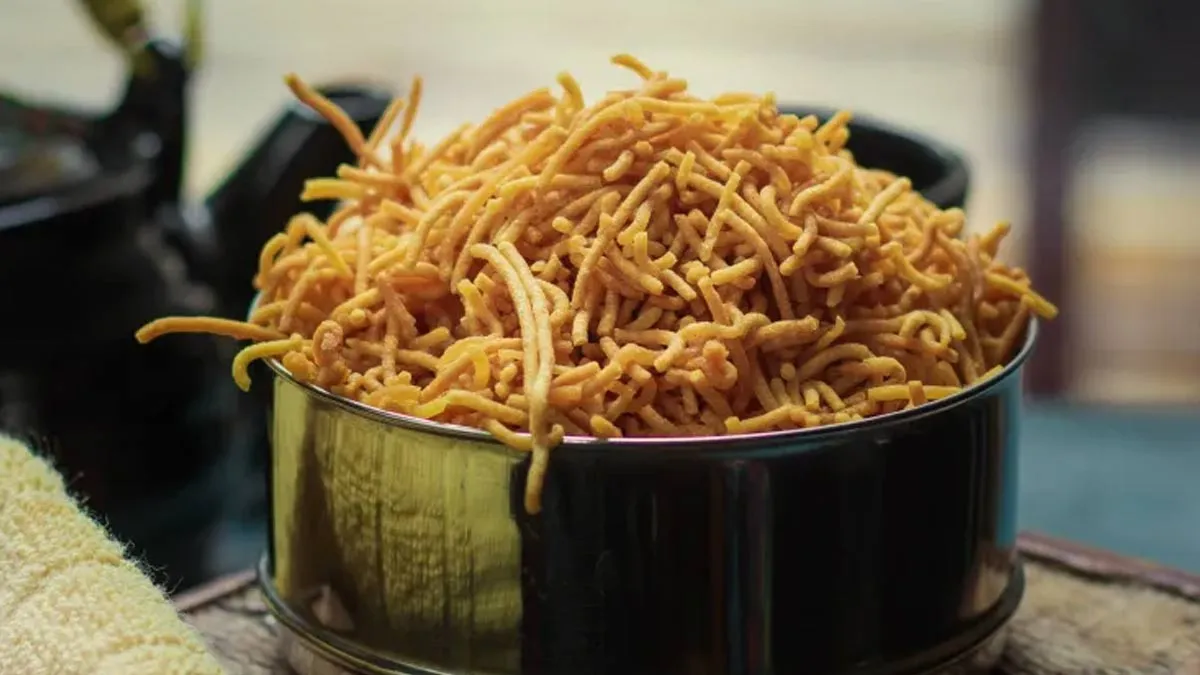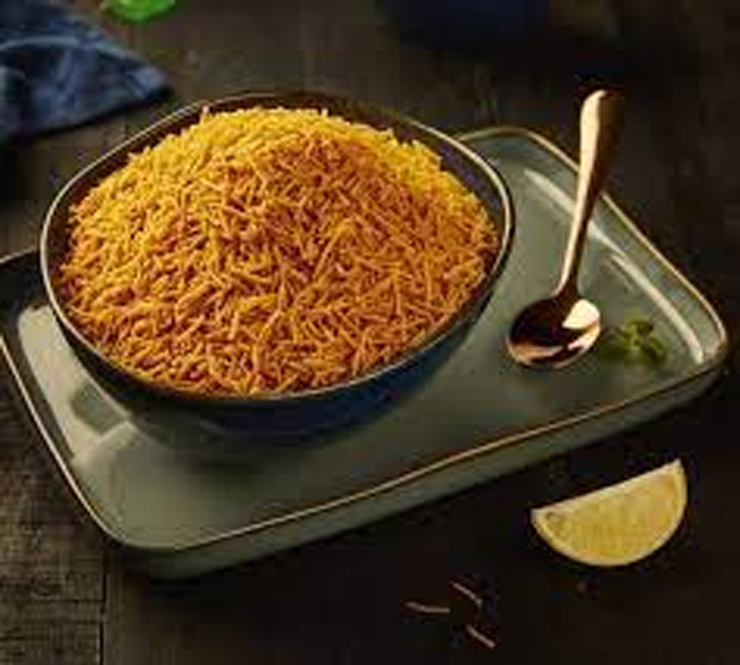
When Blinkit co-founder Albinder Dhindsa revealed that 2,34,512 packets of aloo bhujia were sold on New Year’s Eve, it was a testament to the snack's popularity. However, the high-calorie, flavour-packed treat is also a dietary trap, contributing significantly to belly fat and associated health risks. Here's a closer look at why aloo bhujia might be doing more harm than good to your body.
Table of Content:-
The Calorie Overload of Aloo Bhujia
Aloo bhujia’s addictive flavour profile, derived from spices, salt, and fat, makes it a go-to snack. A 100-gram pack contains a staggering 500 to 600 calories—equivalent to nearly a quarter of the average adult’s daily calorie requirement. These calories are primarily derived from saturated fats, refined carbohydrates, and sugar, which can lead to rapid weight gain.
Whether eaten as a standalone snack or paired with alcohol and other finger foods, the calorie-dense nature of aloo bhujia leads to an overload that the body struggles to process. This excess energy is often stored as fat, especially around the abdominal area, contributing to belly fat.

Calorie-Dense vs. Nutrient-Dense: Why It Matters
Unlike nutrient-dense foods that provide essential vitamins and minerals, aloo bhujia is calorie-dense, offering little nutritional value. Its high saturated fat content contributes to increased cholesterol levels, while the refined sugar spikes blood sugar, leaving you hungrier sooner.
Additionally, the snack’s high sodium content can lead to water retention and increase the risk of hypertension, cardiovascular diseases, and obesity-linked conditions such as diabetes. Over time, consistent consumption of such high-fat, high-salt snacks can pose significant health risks.
Also Read: Cases Of Norovirus Increasing Significantly Across The United States: CDC Data Shows
The Addictive Nature of Aloo Bhujia
One of the reasons aloo bhujia is a dietary challenge is its extreme palatability. Its crunchy texture and spicy flavour make it hard to stop at just a small portion. For many, a single serving quickly escalates into consuming an entire packet.
Moreover, while aloo bhujia may provide temporary satiety, its lack of nutrients means you’ll feel hungry again sooner. This can lead to overeating, further compounding calorie intake.

The Exercise Equation: Burning the Calories
Burning off the calories from aloo bhujia is no easy feat. To offset the 500 calories in a typical serving, you’d need:
- 45 minutes of running at a moderate pace.
- 90 minutes of brisk walking.
- 60 minutes of jogging.
- 50 minutes of high-intensity stair climbing or jumping rope.
For those with a sedentary lifestyle, such physical activity can be hard to incorporate, making the calorie surplus from frequent snacking even more problematic.
Also Read: Smokers Lose 20 Minutes of Life With a Single Cigarette, New Study Warns
The Key: Moderation and Balance
While completely cutting out aloo bhujia might not be realistic for many, moderation is crucial. Treat it as an occasional indulgence rather than a staple snack. Pair it with healthier options like fruits or nuts to balance out the meal and reduce the risk of overconsumption.
Adopting mindful eating habits, such as portion control and awareness of the snack’s nutritional profile, can go a long way in preventing unnecessary weight gain and associated health risks.
Bottomline
Aloo bhujia may hold the title of New Year’s favourite snack, but it comes with a heavy cost to your health if consumed recklessly. Its high-calorie, fat-laden profile is a recipe for weight gain, especially around the belly. By understanding its impact and practising moderation, you can enjoy your favourite snacks while keeping your health in check.
Also watch this video
How we keep this article up to date:
We work with experts and keep a close eye on the latest in health and wellness. Whenever there is a new research or helpful information, we update our articles with accurate and useful advice.
Current Version